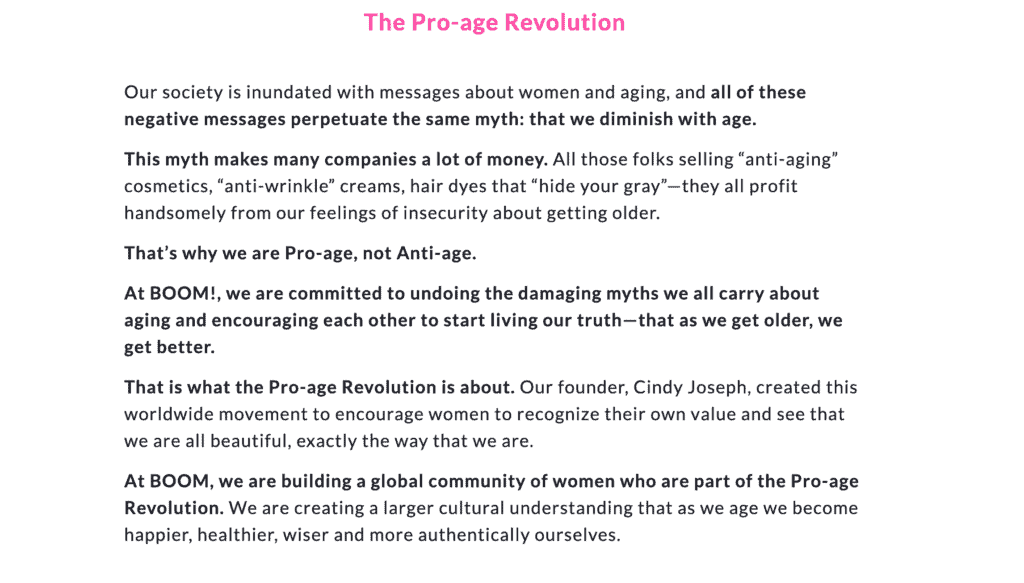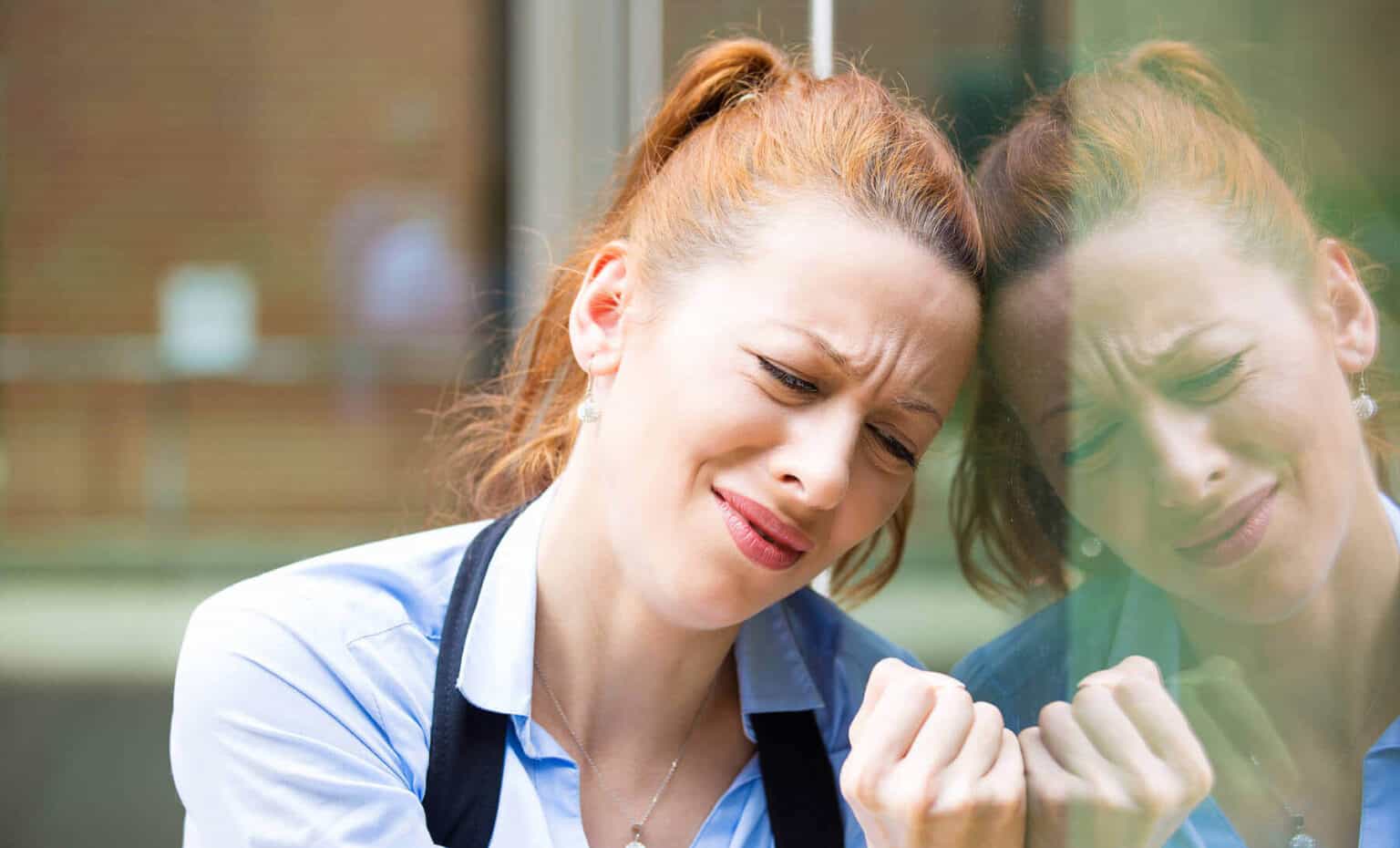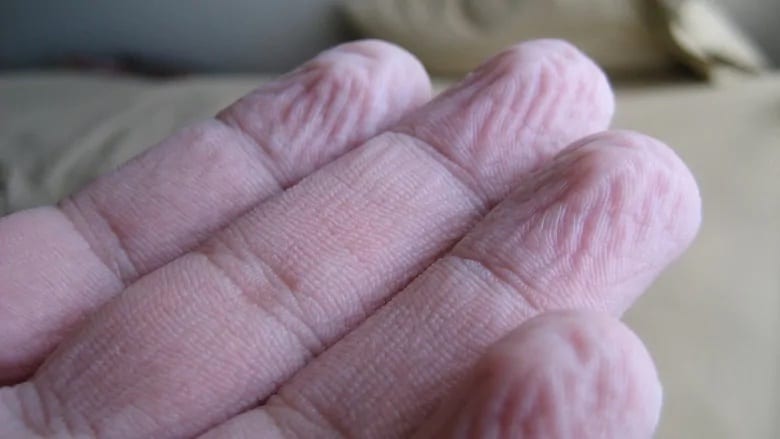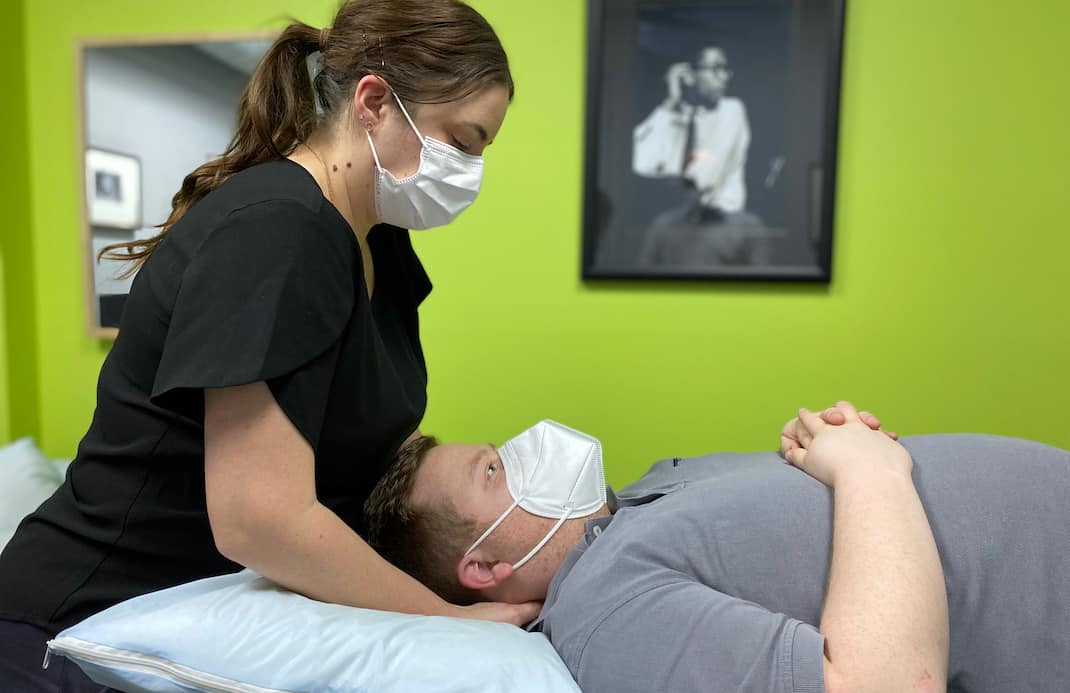I’m always a sucker for a good talk on pain. If it gives me a little nugget to use with patients, it is time well spent.
Recently I watched a talk by Lorimer Moseley and I got that nugget in the first 5 minutes.
This was the nugget:
Change is inevitable – how we change is not.
Think about that for a moment. Actually give it more than a moment. Really meditate on that.
If we apply that to our bodies, we know full well that, for example, our joints don’t stay the same as when we were 21.
They change.
You could say that our joints age. This is absolutely correct.
Why is the term ‘age’ used in a negative way? It’s just change!
We often hear the term ‘age’ used with a negative connotation.
It doesn’t have to be. It’s just that things … change.
Skin is another organ that is often associated negatively with age. It just changes with each decade, doesn’t it? Your skin at 40 isn’t the same as your skin at 20 years old. Or 2 years old. It isn’t degenerating, it is changing. It is ageing.

Boom! by Cindy Joseph is a cosmetic line that has a strong pro-ageing mantra.
Their difference to every other skin care product out there is that they aim to promote the fact that we age, and that ageing is a good thing. Something to embrace and even capitalise on.
Anyway, change is determined by many things – not only age
The path that change follows is determined by other things – some of which we can control, some we can’t.
For example, with joint health, there are things we can do that influence how they move and whether they hurt. We can influence the state of our joint surfaces, our cartilage, and our pain. For example some factors are:
- Exercise or no exercise
- Good nutrition or suboptimal nutrition
- Our mental health and how we manage stress
On that last point, there are loads of examples of how stress hormones affect different systems, including the musculoskeletal system.
Surprisingly enough, your mind isn’t an island, separate from the rest of you!
Perhaps strengthening is an easier way to think about change?
It might be a little easier to get a handle on the idea of adaptability if we think about muscle strength.
We are much more likely to hear people talk negatively about their joints.
They might say they aren’t as strong as they used to be, but you don’t hear ‘my muscles are old’.
And yet their joints and muscles are the same age. What’s up with that?
Most of us know someone that is older but surprisingly strong. It doesn’t happen by accident – they have usually worked on it in some way, either intentionally at the gym. Or unintentionally with their work / hobbies that require the regular use of that strength.
The lesson here is that if you give muscle tissue something to respond to, it will respond.
If it is given more challenge, it will get stronger. If it is given less challenge, it will get weaker.
Regardless of age.
Joints are the same. Tendons are the same. Bones are the same. Balance is the same. Cognition is the same …
There are also things we have less control over, like trauma, autoimmune diseases or genetic predispositions. So what can we do?
Work on the things you CAN control
Change doesn’t come free
It doesn’t come free. It always comes at a cost. I’m not talking about financial cost, but always an effort cost.
What it means is that if you want to be stronger (or move better, have less pain, be less stiff) it is achievable if you are prepared to put in.
You never have to just accept. There is always something you can do.
The takeaways
Nothing is predetermined.
There are things you can do to alter, improve, optimise, ameliorate, even reverse. That’s because of how adaptable the human body is.
In other words, we are bioplastic.
We just have to have the right thing to adapt to.
If you have pain, or joint stiffness, osteoarthritis, balance problems, you’re not as strong as you would like to be – you don’t have to settle for it.
I’m certainly not saying that it always easy, but it is possible and it is almost always worth that effort.
I could walk through the clinic on any given day and point out examples of people that have changed the course of their life through these concepts.C
I would love to chat with anyone that reads this and would like to learn more, or anyone that reads this and thinks it is total bollocks.
If you want a chat on the phone about any of these ideas and how they might apply to your problems, you can easily organise a time by calling 8356 1000 or booking online.















